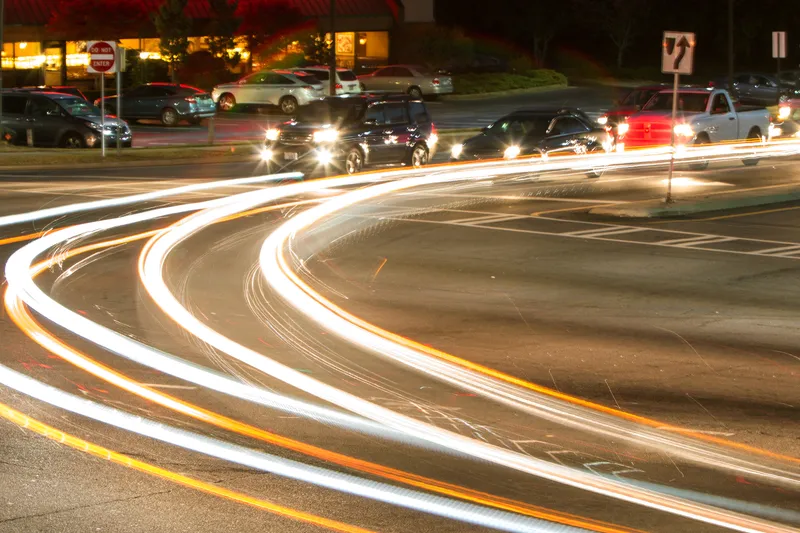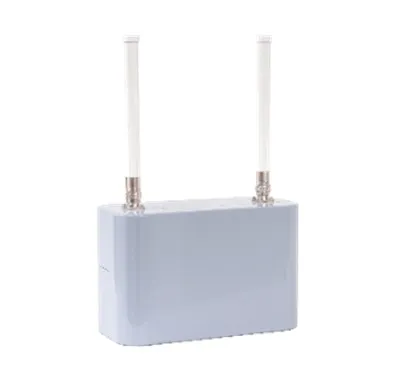
A Velodyne Lidar solution is to be equipped at 25 intersections as part of a University of California Irvine (UCI) study to improve traffic and road safety.
The Horiba Institute for Mobility and Connectivity2 (HIMaC2) in the UCI Samueli School of Engineering will install Velodyne's Intelligent Infrastructure Solution at intersections in the University and the adjacent city of Irvine.
The solution combines Velodyne’s Lidar sensors with artificial intelligence (AI) software to monitor traffic networks and public spaces.
Velodyne says its platform creates a real-time 3D map of roads and intersections, providing traffic monitoring and analytics that is not possible with other types of sensors like cameras or radar.
HIMaC2 will create a public road network platform for the development, evaluation and deployment of emerging and future connected and autonomous vehicle (C/AV) technologies.
UCI engineering professor Scott Samuelsen says: “The programme looks to advance connected and autonomous transportation and show how they can contribute to smarter, safer infrastructure for our communities. By deploying Velodyne’s automated monitoring and control in an intersection network, backbone data can be generated and utilised to demonstrate improved safety, energy efficiency and traffic flow to which cities aspire.”
As part of the initiative, HIMaC2 will study how traffic coordination can be improved based on reliable data and analytics generated by Velodyne's solution.
The programme will look to generate data needed to improve traffic and crowd flow, path planning, and protect vulnerable road users in all weather and lighting conditions by implementing advanced infrastructure monitoring as a Vehicle to Everything solution.
Jon Barad, vice president of business development at Velodyne Lidar, says: “The HIMaC2 programme is tackling one of the most challenging and pervasive infrastructure problems that cities face – how to improve traffic flows and safeguard road users. Velodyne believes that smart infrastructure integrated with connected and autonomous vehicles have the potential to deliver game-changing improvements in roadway efficiency and safety.”
The deployment is supported by a $6 million grant recently awarded to HIMaC2 by the Vehicle Technology Office of the US Department of Energy.
Other partners involved in the project include Bluecity, Argonne National Laboratory, the UCI Institute of Transportation Studies, Toyota Motor of North America, Pony.ai and Hyundai Mobis.









